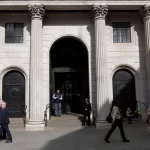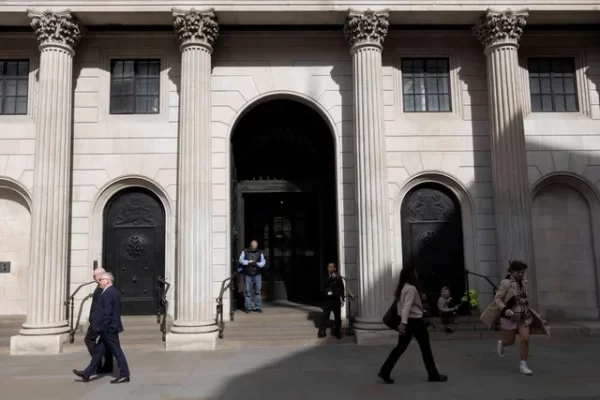Investors turn to emerging market debt after Trump tariffs hit U.S. Treasurys.
Investors have been piling into emerging market bonds as Treasurys’ long-held reputation as a safe haven took a beating following U.S. President Donald Trump’s “reciprocal” tariffs.
Emerging market local currency bond yields slid by 13 basis points between April 2 — when Trump announced the tariffs — and April 25, according to the most recent data provided by JPMorgan. In contrast, the benchmark 10-year Treasury yield rose by more than 7 basis points during the same period.
Investors, particularly those in the U.S., are beginning to view emerging markets through an “entirely new lens,” said Paul Benson, head of systematic fixed income at Insight Investment.
In the past, when U.S. investors tried to invest overseas such as in emerging market bonds, they often lost money once the dollar strengthened, Benson said. A strong dollar shrinks the profits from investments made in other currencies.
“But the Sturm und Drang of 2025 has finally turned the tables,” he said, adding that the relative underperformance of U.S. risk assets and even typical safe havens such as the greenback and Treasurys has intrigued domestic investors about opportunities they may be missing abroad.
Aberdeen Investments’ director of fixed income Viktor Szabó, said that while he likes emerging market local currency bonds, it is still “early days” to determine exactly where global investors are rotating their bond positions. Aberdeen also noted that rather than pulling out from U.S. sovereign debt outright, some investors have rotated from the long-dated bonds to short-duration ones like the 2-year Treasurys.
U.S. 2-year Treasury yields fell in the days that followed Trump’s April 2 tariffs while the 30-year Treasury yield saw a more than 30 basis points spike within a week. The benchmark 10-year yield also rose by 30 basis points.
Source: CNBC




